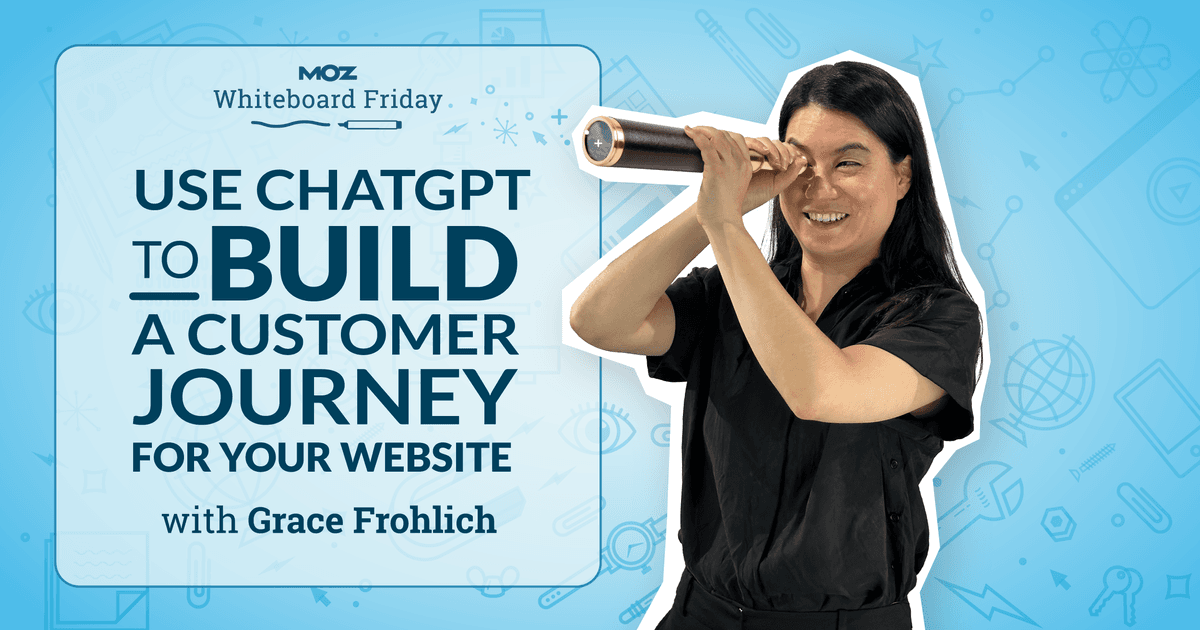Next we’ll ask about pain points for this specific user journey stage. Think of it as a follow-up question. Let’s choose customized services.
We’ll ask ChatGPT, “I want to learn more about this specific motivation. What are the most common pain points for users?” And again, it will respond with a list of pain points, and this list includes pet-friendly services, health concerns, preference for eco-friendly services, etc.
Again, copy and paste this list of pain points into your spreadsheet under Milestones.
Now we have one journey stage, which is customized services, and a list of milestones that sit under that stage.
Next, you’ll go back and repeat this whole process for all of your motivations and pain points.
Full user journey in a spreadsheet
Once you’ve done that, you’ll have a full user journey in a spreadsheet, with stages and milestones.
If you want to learn more about mapping this customer journey to your website, check out my blog post, where I show you step-by-step how to do that. The link is below:
5 steps to building a user journey map for your SEO strategy
You can use this as a first step to guide your content strategy and to meet your customers where they are in their journey.
Thank you.
Transcription by Speechpad
